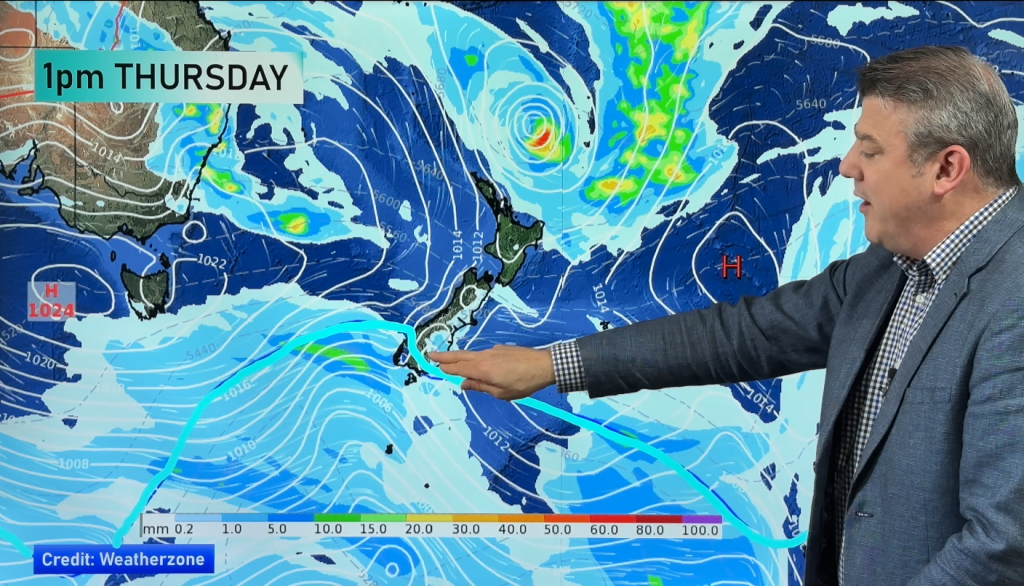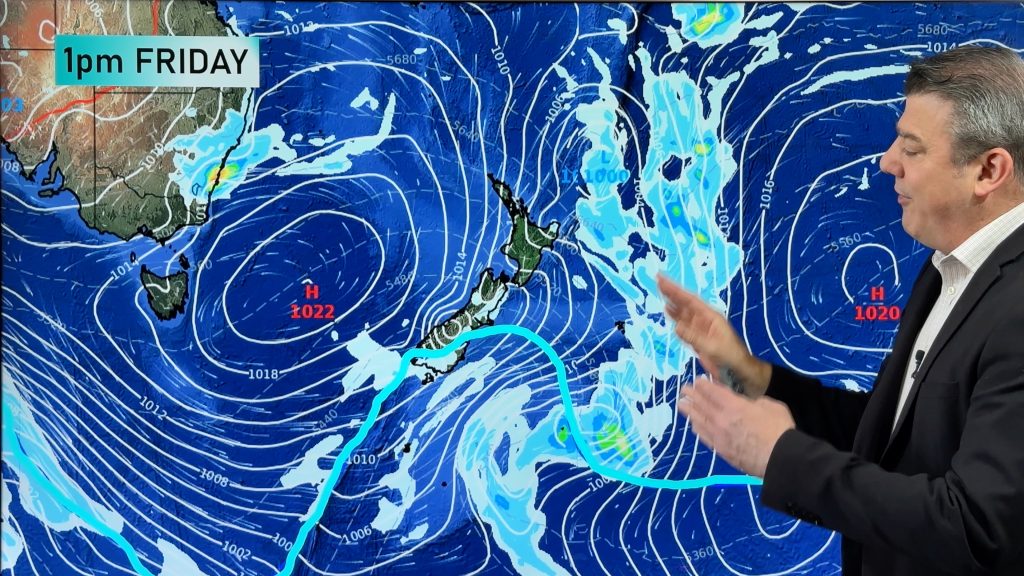
> From the WeatherWatch archives
It was a golden end to a stormy afternoon in many parts of Australia yesterday as the setting sun painted the sky orange.
This may not have come as a surprise to onlookers, as some of the best sunsets happen after storms. But why?
The two ingredients needed for a good sunset or sunrise are the sun and cloud.
The sun is predictable. It appears near the horizon at the start and end of every day for most places on Earth. Cloud, on the other hand, is more variable and will determine how spectacular a rising or setting sun appears.
To get a golden sunset, the sun needs to shine through a patch of relatively clear sky near the viewer’s horizon. It helps if there is some moisture or pollution in this part of the sky as it will reflect and refract light, changing its colour.
Having cloud overhead as the sun sets helps create the scene. The underside of cloud acts as a canvas for the setting sun’s rays to paint in an array of colours.
So why do storms create the right conditions for a good sunset?
Firstly, afternoon storms can cause cloud to sit overhead as the sun sets. Secondly, the weather systems that produce storms typically move from west to east around the world. Because the sun sets in the west, this usually allows the setting sun to shine through clear sky behind a storm.
It’s all about timing. The storm needs to pass over in the late afternoon and cloud needs to clear from the west before it gets dark. Fortunately, storms are most common in the afternoon, so this happens fairly often.
Next time you’re out watching storms in the late afternoon, it may be worth hanging around to see the sunset. Chances are it will be a good one.
– Ben Domensino, Weatherzone
Comments
Before you add a new comment, take note this story was published on 22 Mar 2017.






Add new comment